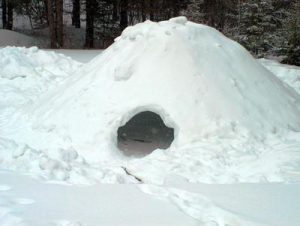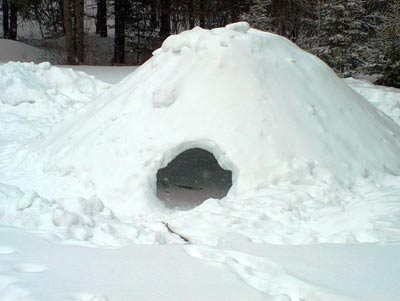BY HANNES THUM

Generally speaking, life (as we know it) does not thrive in the cold. The whole history of life on this planet has been characterized by access to warm sunlight, liquid water, and the mild temperatures that Earth’s atmosphere moderates so well. Where those conditions exist, such as in places like tropical rainforests and shallow coral reef ecosystems, species exist in mad abundance. Where those conditions do not exist, such as in the far polar reaches or way up in the alpine regions, life gets spread out pretty thinly.
There are a few exceptions to the concept of life (as we know it) flourishing in warm-ish, sunny-ish, wet-ish places, I should say. But, most of those examples are so wild and weird and outside the normal sphere of how we understand life that I consider them to be less examples of what life can do on Earth and more examples of how strange life can be off Earth—in other words, they might give us a foundation to considering how life might exist elsewhere in the universe.
Back to the point: life on Earth. More specifically, life on Earth in winter.
Wherever life originally evolved, and whatever that environment looked liked, I guarantee you it didn’t look like this valley does in winter: the short days with meager sunlight; the cold temperatures; the snow that smothers plant life and tears the bottom floor out of the food chains. None of this is conducive to the development of living creatures.
Yet, life finds a way, even in winter and even in this challenging landscape. And, one of the most fascinating techniques that species in our valley use to survive winter is to live within or below the snow itself. There’s a term, derived from Latin, that describes the physical space below the snow: “subnivean,” which means under the snow.
So, the animals that live beneath the snow, tunneling through it to find food or chase prey and even creating small shelters within it, are the subnivean creatures. It can be surprising to people, who are used to considering snow as a cold substance, to realize that snow can be an excellent insulator and that tunnels and shelters made out of snow can actually be quite warm.
It is especially surprising to some of my students who dread our winter camping trips until they find out, in the field, that they can actually sleep well in a well-built quinzhee, igloo, or snow cave—with the body heat of a mammal warming the inside, the shelter will get plenty warm. Our local animals, long adapted to seek ways to create niches of life in the harshness of the cold climates, know this well. And so they find ways to keep their tiny fires of life lit until springtime thaws the landscape again.



